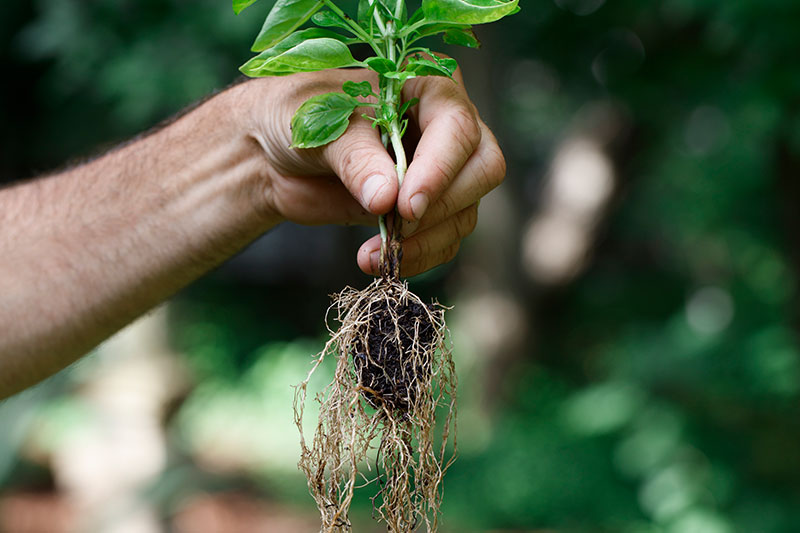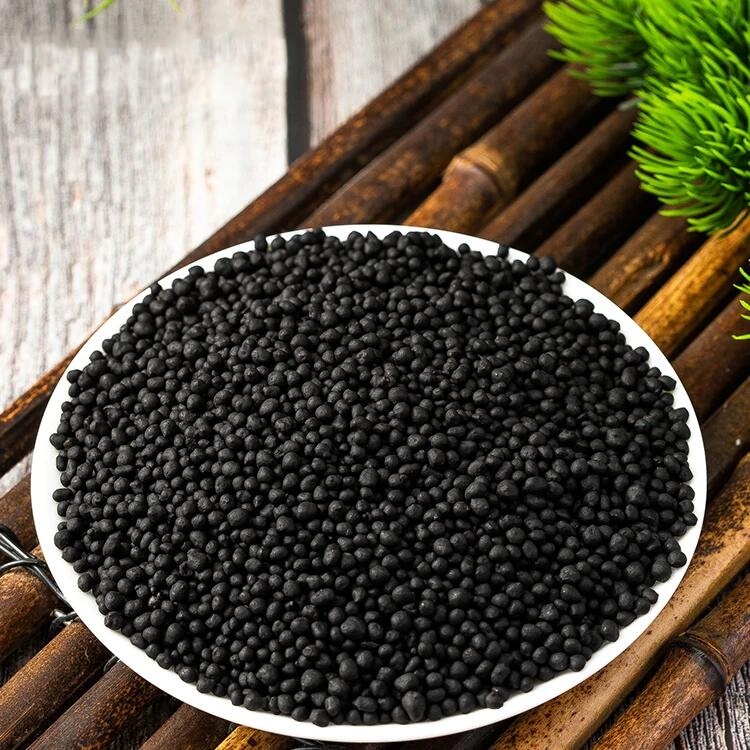Effects and functions of humic acid on plants
1. Promote root germination and growth
Humic acid promotes the germination and growth of plant roots, which is the most impressive. But people may say that good root growth does not necessarily mean high yield. This is also true. Under ideal cultivation conditions, they may all grow evenly in the end. However, we can consciously use the advantages of roots to overcome some unfavorable factors. This is because the number of root cells increases a lot, the number of roots that germinate is large, and the vitality of the seedlings is strong. Some old fruit trees are renewed after applying humic acid fertilizers. If the roots are dug up for inspection, many new roots can be seen to have sprouted.
2. Increase the chlorophyll content in leaves
The effect of applying humic acid fertilizers can be seen with the naked eye. The darker the green color, the higher the green content of the leaves, and its photosynthesis must be more vigorous. Photosynthesis takes place in the leaves, and the leaves benefit first. Therefore, it can be imagined that for crops that use their leaves as the purpose, the regulatory effect of humic acid is expected to be very useful.
3. Promote plants to accumulate more soluble sugars
For fruits and vegetables, increasing sugar content means improving quality. For sugar crops such as beets and sugarcane, it means increasing yield. The experience of applying humic acid fertilizers in recent years has proved that this statement is quite credible. It has been proven time and again in the production practice of peaches, pears, dates, apples, tomatoes, etc.



